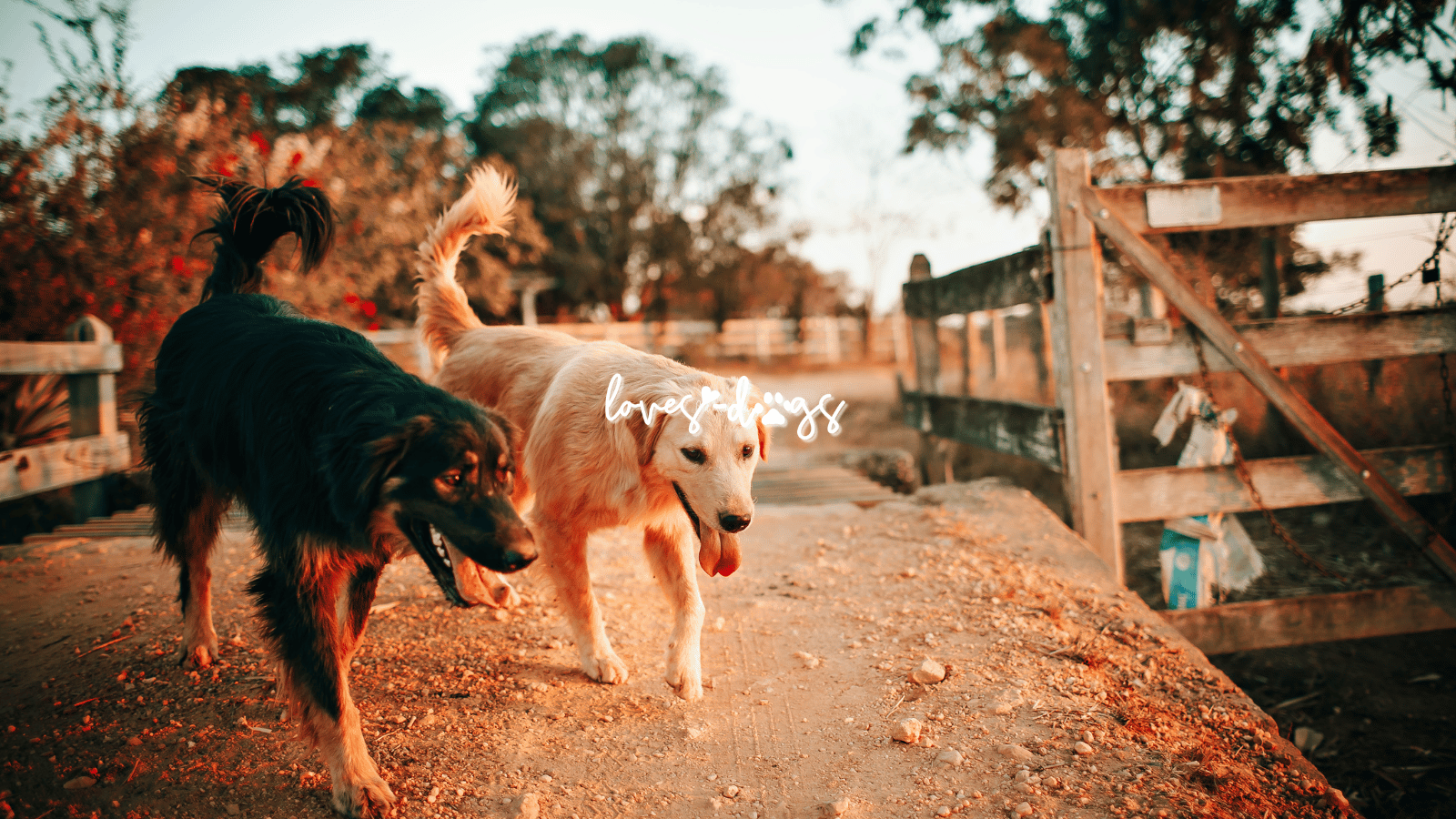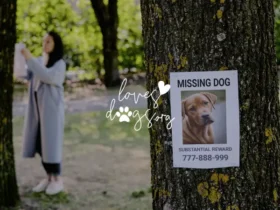
Bringing a new rescue dog into your home is a wonderful experience that can change everyone’s life for the better. However, introducing your new furry family member to your existing dogs can be a delicate process. Dogs, like humans, have unique personalities and temperaments, and successful introductions are essential for fostering harmony in your canine pack. In this blog, we’ll explore the best ways to introduce your new rescue dog to your other dogs, ensuring a smooth and positive transition for all.
1. Choose the Right Time and Place: Timing and location play crucial roles in a successful introduction. Select a neutral, quiet space where your dogs won’t feel territorial. A local park or a friend’s yard can be ideal. Avoid your home initially, as your resident dogs may perceive it as their territory.
2. Leash Up All Dogs: To maintain control during the initial meeting, leash up all dogs involved. Leashes prevent any sudden aggressive behavior and allow you to redirect their attention if needed. Make sure your leashes are strong and secure, and do not use retractable leashes.
3. Gradual Introduction: Start by allowing the dogs to meet from a distance. Observe their body language and reactions carefully. If they show signs of fear, aggression, or excessive excitement, keep them separated and try again later. Gradually decrease the distance between the dogs as they become more comfortable.
4. Supervise Closely: Never leave the dogs unsupervised during the first few meetings. Keep a close eye on their interactions to intervene if necessary. Look for signs of stress, such as raised hackles, growling, or rigid body posture, and step in before any conflict escalates.
5. Use Positive Reinforcement: Reward good behavior with treats and praise. Whenever your dogs exhibit calm and friendly behavior toward each other, offer treats and affection. This positive reinforcement helps create positive associations with each other’s presence.
6. Short and Sweet Sessions: Keep the initial meetings brief to prevent exhaustion and tension. Short, positive interactions are more effective than prolonged, stressful ones. Gradually increase the length of their meetings as they become more comfortable with each other.
7. Rotate Personalities: If you have multiple resident dogs, introduce them one at a time rather than overwhelming your new rescue dog. This allows for a more controlled and less intimidating experience.
8. Respect Individual Boundaries: Recognize that not all dogs will become instant best friends. Some may take longer to adjust to the newcomer. Respect each dog’s boundaries and allow them to decide the pace of their relationship.
9. Provide Separate Resources: Ensure each dog has their food, water bowls, and a safe place to retreat to. Avoid any resource guarding behavior by providing separate spaces for meals and play.
10. Professional Help If Needed: If the introduction process is proving to be excessively challenging, consider seeking guidance from a professional dog trainer or behaviorist. They can offer specialized advice and techniques tailored to your specific situation.
You’re Ready for Introductions!
Introducing your new rescue dog to your existing canine companions can be a rewarding journey with patience and careful planning. By following these tips and allowing each dog to adjust at their own pace, you can foster a harmonious pack dynamic and ensure a happy and fulfilling life for all your furry family members. Remember, love and patience go a long way in creating a peaceful and loving canine household.
P.S. Is “Rescued” Your Favorite Breed?
If you love rescue dogs like we do, be sure to grab our “Rescue Is My Favorite Breed” Skinny Tumbler! It’ll keep your drinks hot for 12 hours and cold for 24 hours, making it the perfect companion all-year long! What’s even better? A portion of the proceeds benefit our Loves Dogs 501(c)(3) nonprofit dog rescue! Click here to order yours today!







Find Loves Dogs on Social